I was just reading a story about the impact of obesity on our global resources and was taken aback by this statistic:
Increasing levels of fatness around the world could have the same impact on global resources as an extra half a billion people. – London School of Hygeine and Tropical Medicine
If that doesn’t get you thinking, consider this:
An estimated “17 million tons of the global body mass was due to people being overweight.”
and
“Despite only making up five per cent of the world’s population, the United States accounts for almost a third of the world’s weight due to obesity.”
Certainly, we have a problem with over-consumption in the US, especially with sugar. The average American consumes 150 POUNDS of sugar every year. Whether it’s addiction or just habit, it certainly isn’t doing us any good.
It’s time to get serious about reducing our sugar intake. Here’s how:
- Check ingredients – If sugar, in any form, is in the top two ingredients of a product, don’t buy it. (Unless, of course, it’s dessert 🙂 Know that food companies will try to trick you with Food Label Claims.
- Search for “hidden sugars” – Any word in an ingredient label that ends in -ose is sugar. Dextrose, fructose, maltose, sucrose, etc… Remember that every 4 grams of sugar listed in the nutrition facts equals 1 teaspoon of sugar. So, that soda with 40 gram of sugar contains 10 teaspoons of sugar!
- Cut the sweet drinks – That means soda, sweetened iced teas, slushies, fancy coffee drinks, sports drinks, smoothies, and juice (Yes, even 100% juice!) Juice contains the same amount of sugar as soda and is rapidly absorbed, leading to a spike in blood sugar and insulin. Eat the whole fruit instead. It is much more satiating AND you get the benefit of fiber for built-in portion control).
If you liked this post, be sure to sign up for email updates to get more like it delivered to your inbox each week!
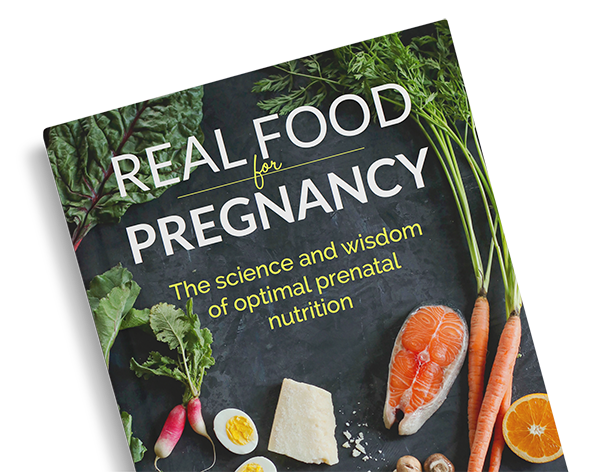
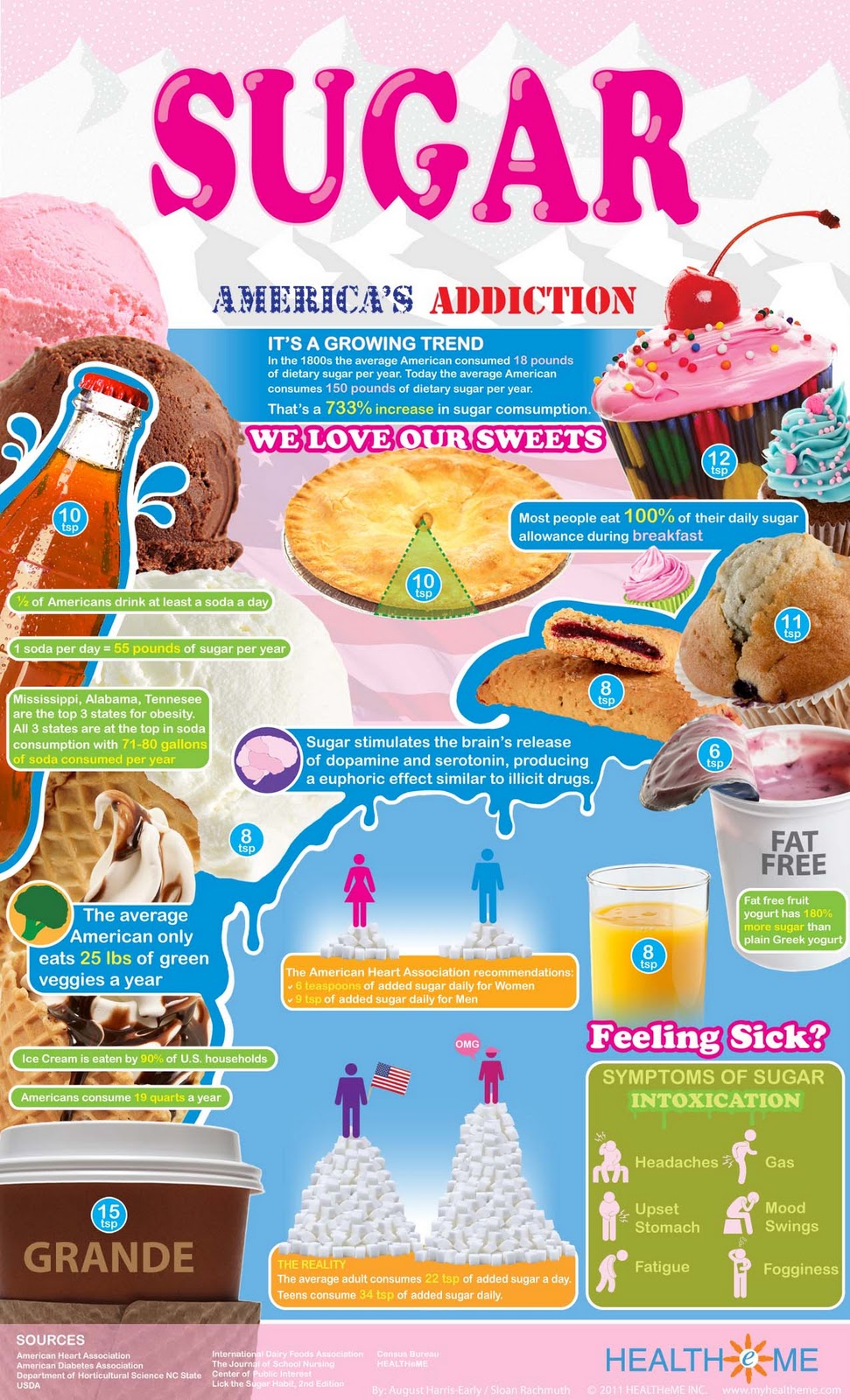
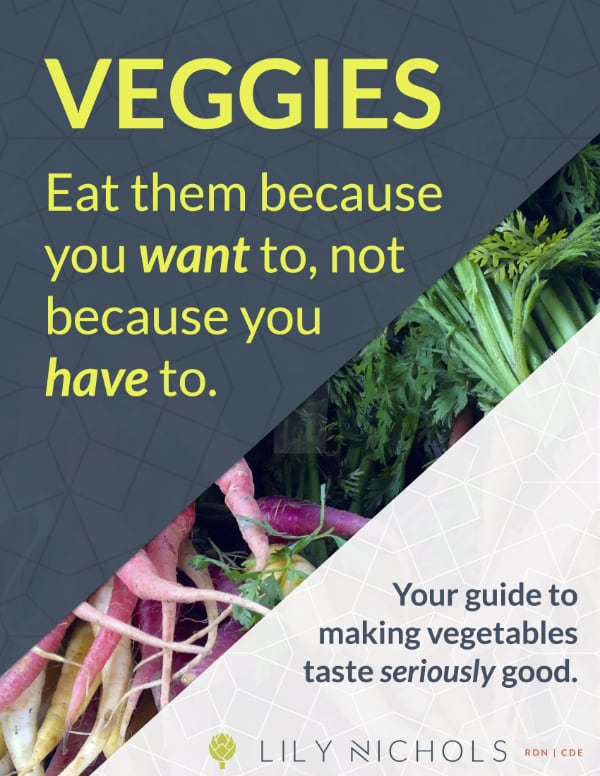
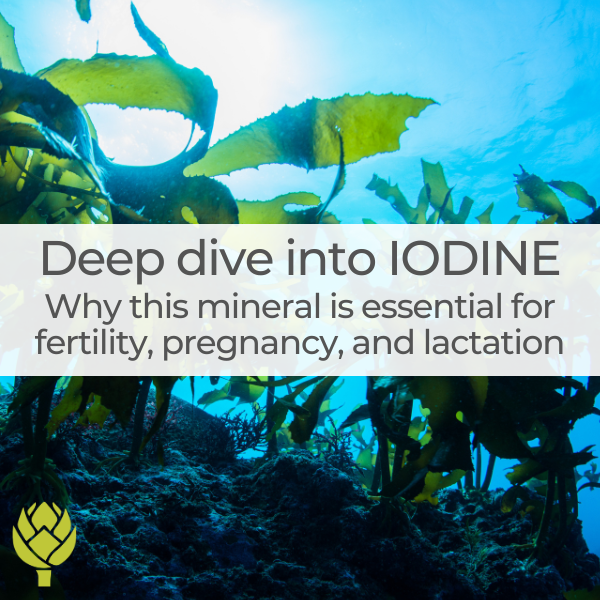

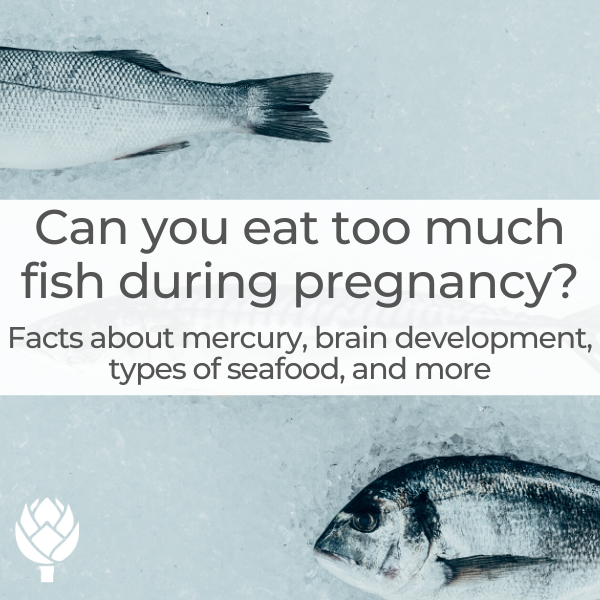
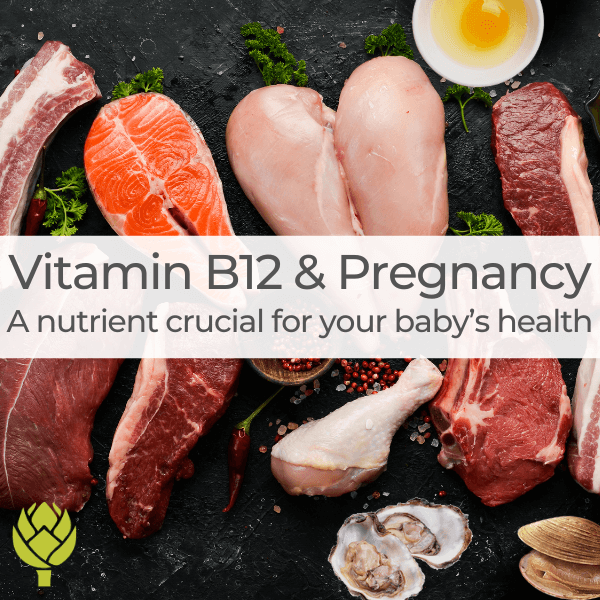

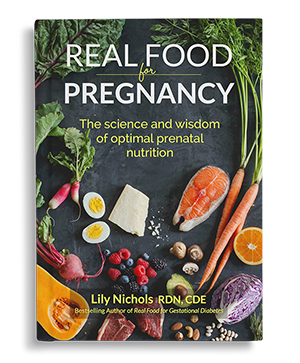
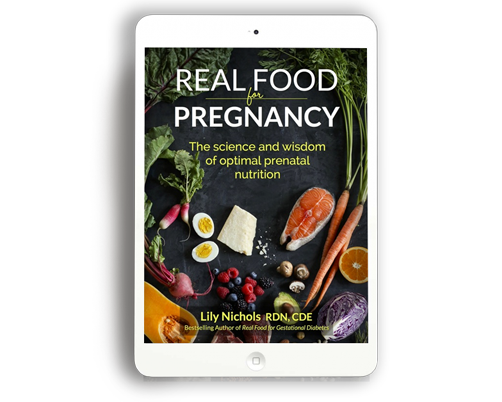
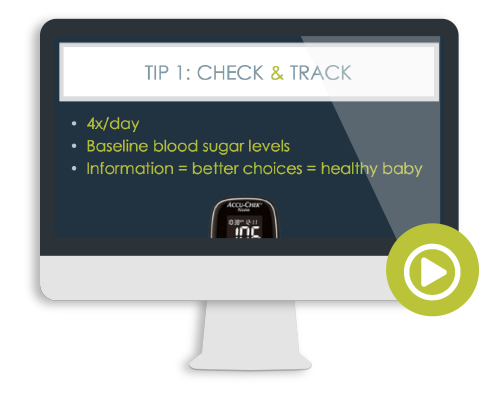
Thanks for the article Lily! One tip I like to give is to never assume that something is healthy. Many people fall into that trap and unsuspectingly consume large amounts of sugar. Take wheat bread for example. It is supposed to be a healthy alternative to white bread and other foods, however two slices of wheat bread can raise blood sugar levels by more than two tablespoons of sugar. Always be mindful of the foods you eat and never assume nutritional value.